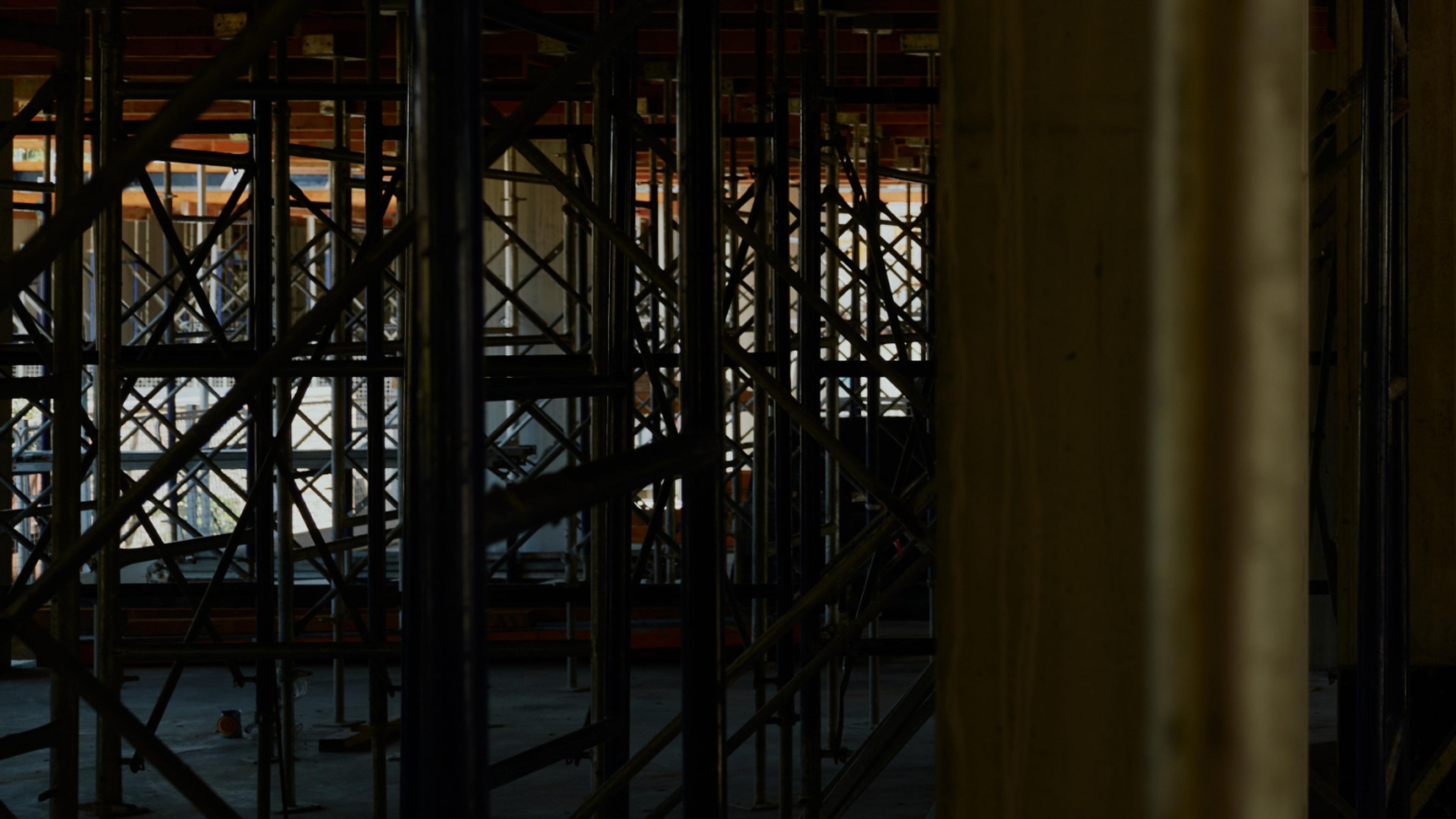A short guide to the latest changes in the NCC 2022
Last year, the National Construction Code (NCC) 2022 draft was released, which introduced several significant amendments that shape the construction industry in Australia. This latest review consisted of the single largest number of changes to date—in volume and in terms of their impact on our industry.
While there is a transition period for some key changes, which don’t come into effect until 1. October 2023, the NCC 2022 will be formally adopted from 1. May 2023. Several of our clients and industry leaders have planned to accommodate their new builds, construction schedules and applications in light of these changes. Krneta believes that staying one step ahead is the best way to remain compliant. Our team has created a quick guide to provide our readers with an overview of the key changes and why they are important.
Section 10 of the Building Act
Whilst the NCC 2022 will come into effect 1. May 2023, for projects with demonstrated substantial design underway prior to this date, Section 10 of the Building Act provides the Relevant Building Surveyor the ability to adopt the prior version of the NCC (being 2019). This request should be highlighted and considered when preparing your application.
New referencing system
With increased technology and the need for consumer engagement, the NCC 2022 has had a major overhaul in the referencing system throughout, including the adoption of many Australian Standard’s commonly used throughout all forms of building design. Whilst this is more tailored as an administrative change, design documentation must have regard to these now currently adopted standards and referencing system.
Going green and sustainability
New buildings and renovations are now required to meet higher minimum energy standards than before. With sustainability at the forefront of everything we’re trying to achieve as a community, these amendments are aimed at reducing greenhouse gas emissions and energy costs. The assessment for energy efficiency compliance has developed considerably and it is strongly recommended liaison with an ESD consultant is undertaken at the earliest availability during design development.
Added fire and life safety measures – childcare
There are significant changes to fire safety provisions and requirements for certain childcare buildings, such as the requirement for sprinkler and smoke detection/occupant warning systems, increased fire compartmentation, and improved evacuation protocols. These changes will improve buildings' ability to withstand fire, reduce the risk of harm to occupants, and protect the asset owner from potential liabilities.
Improved access for people with disabilities – liveable housing
The NCC 2022 has also introduced significant new requirements for access and mobility for people with disabilities and the elderly, captured under the new ABCB Standard for Liveable Housing Design. The changes will ensure that new buildings are more accessible and that people with disabilities or the elderly have equal access to all areas of the building. A particular focus has been made on new residential builds, with consideration for futureproofing accessibility that designers and architects will need to consider.
The NCC 2022 introduces significant changes that impact and aim to continue setting new standards for the construction industry in Australia. From safety, sustainability and accessibility of buildings to ensuring the highest standards of performance are set, these updates evolve as the industry, our population, and our needs do.
It’s an exciting time to build better, improve our own standards and set new benchmarks as an industry. To ensure your project is compliant and your asset is protected, contact Krneta to understand how these changes affect you.
